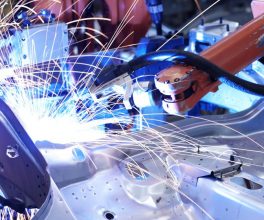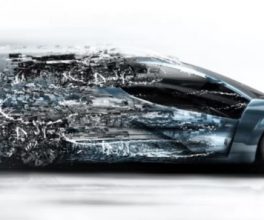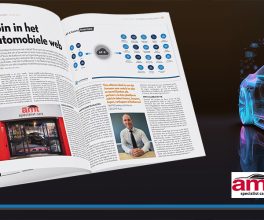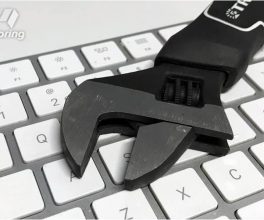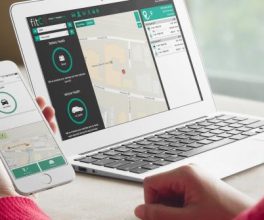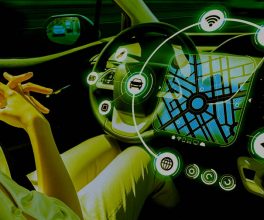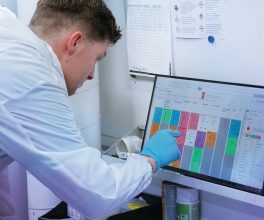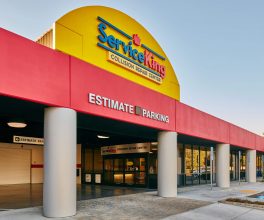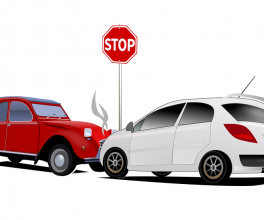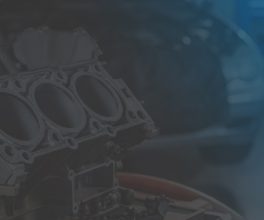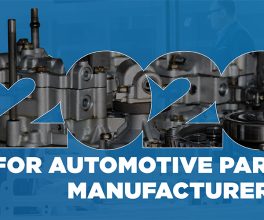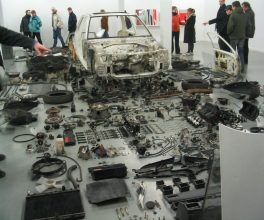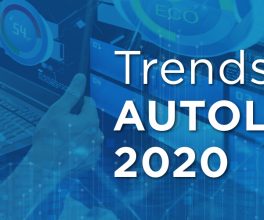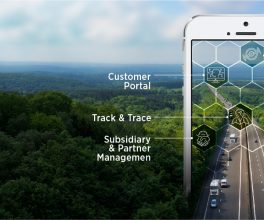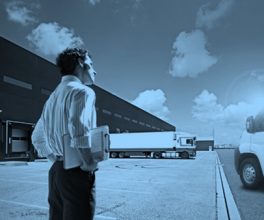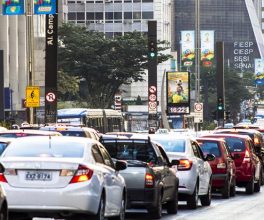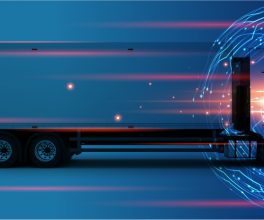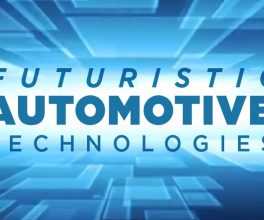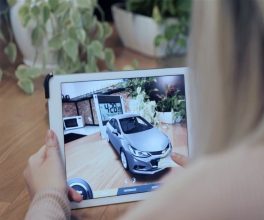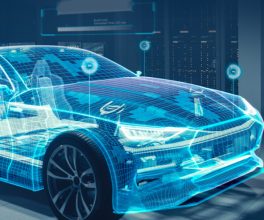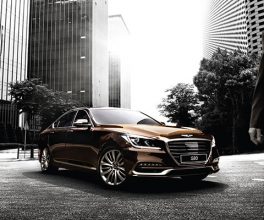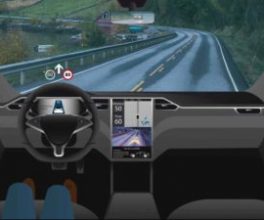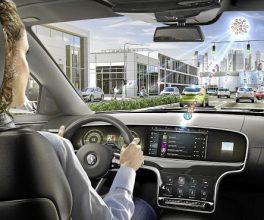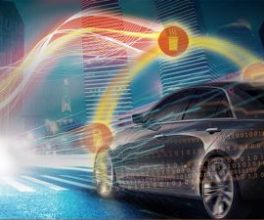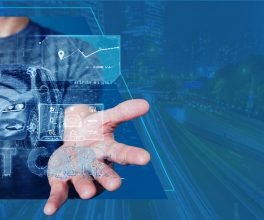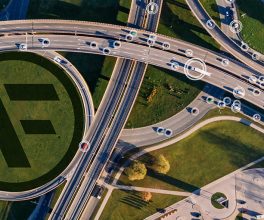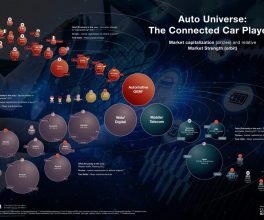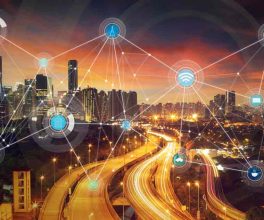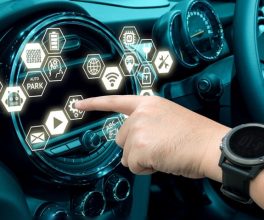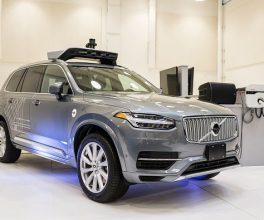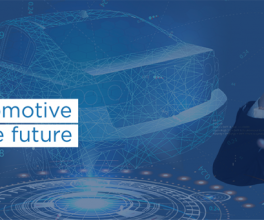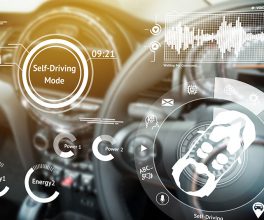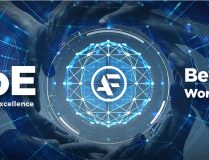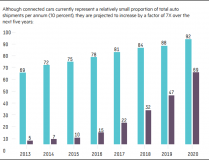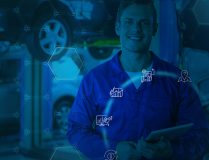Technological advances abound and are disrupting industries across the globe. The rise of the connected customer is transforming the traditional automotive landscape and creating an increased demand for connected vehicles that conform to cost and lifestyle demands.
Balancing the demands of a digitally advanced consumer base, a waning economy and shrinking budgets, the automotive industry is on the precipice of big change. Future thinking and strategies will have to include ways to balance the adoption of new technology to improve sales, amplify marketing and cut costs, without sacrificing tried and trusted processes that would put business continuity at risk.
The digital savvy consumer
“It’s not an understatement to say that the largest driving force behind the automotive industry’s evolution is the connected customer,” says van Staden. “Before reaching the showroom floor, the digitally savvy consumer has already done extensive research on the make, model and colour of vehicle they want. The focus of the traditional dealership model has changed and consumers no longer spend hours over a weekend browsing for the vehicle they want.”
That’s not to say the internet doesn’t present tremendous opportunity. In a digitally competitive environment, greater collaboration between OEM’s and Dealerships become key in the attraction as well as retention of clients. The internet offers an unparalleled distribution channel. “Not only does it minimise the number and expense of retail outlets, but it enhances inventory control and significantly extends geographical reach,” notes van Staden.
Cars thinking for themselves
It’s not just the customer that’ll be connected, but the car as well. In the future, customers will expect navigation and driver assistance, like collision mitigation, to be installed in even the most affordable family sedan. And if competition and innovation continue at the current rate, we’ll see even the most affordable vehicles able to display information like directions directly onto a transparent display superimposed over the windscreen.
“It won’t be the fact that cars know where the nearest restaurant or petrol station is that will change the driving experience, that is until they can drive there themselves, avoiding accidents and traffic along the way,” says van Staden. “Ultimately, convoy platooning by smart cars should do away with accidents and congestion altogether.”
To do that, smart (autonomous) vehicles will remain connected to the outside world indefinitely, through the use of the Internet of Things (IoT) devices. We’ll see street lights, Wireless Application Protocols (WAPs) and other vehicles continuously communicating with a host of internal devices – engine monitoring, predictive maintenance, road logistics, visual sensors and GPS navigation to name a few.
A shift in market segmentation
Digital disruption and technology advances are also creating a shift in the market segmentation and the demands for connectivity in these segments. Aspirational customers still want connected, semi-autonomous vehicles that regulate their fuel efficiency and performance intelligently and without need for driver input. But lower income markets and first-time buyers want fuel efficiency before performance and cost before connectivity.
“That’s not to say that aspirational buyers don’t want applications in their cars that enhance the driving experience, save them time and positively contribute to their lifestyle, but it’s not going to be the driving factor in their purchasing decision,” van Staden suggests. “In fact, affordability and economic stability plays a key role for the aspirational buyer. The likelihood is that before considering the purchase of a digitally savvy and connected vehicle, they will most likely navigate to car sharing services like Uber.”
In the premium sector, where connectivity and features override affordability, the opportunity exists to make use of the digital advances to market smart, value-add services that make the journey a more seamless, less frustrating and more entertaining one. That’s just one of the ways digital disruption is revolutionising business models across the automotive industry, making for interesting times indeed.
Author – Andries van Staden
Courtesy of iafrica

